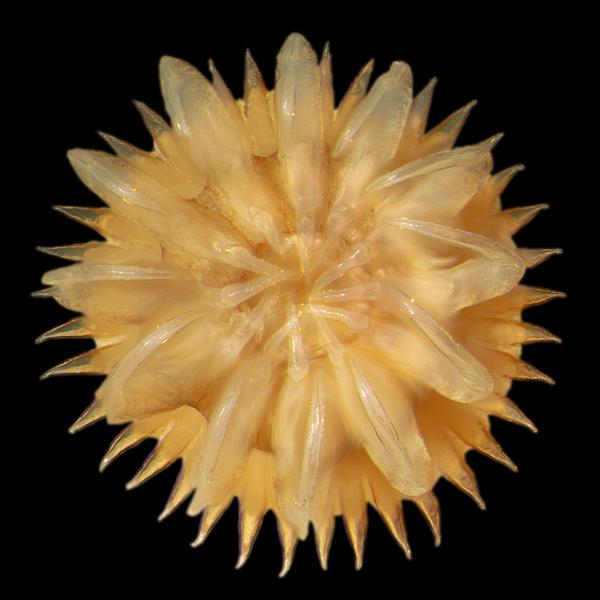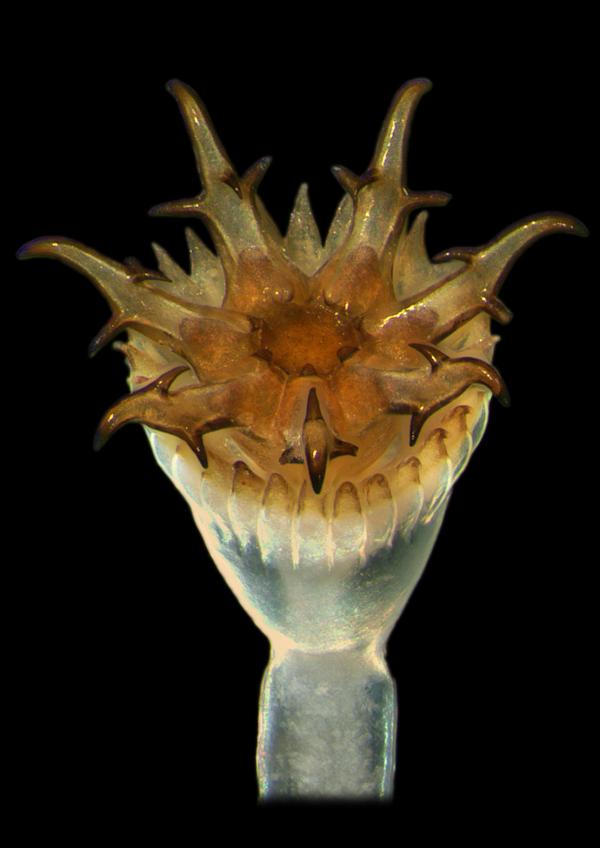It is critical to be able to accurately identify invasive polychaete species or potential new introductions and to distinguish between them and our native fauna. This situation is compounded by the lack of knowledge of polychaete diversity, especially in more northern waters.
Designed for the non-specialist as well as the expert, the Invasive Polychaetes Identifier features:
- Easy-to-follow dichotomic keys - allowing the correct identification of species by choosing between options that refer to diagnostic characters
- Full descriptions of species
- Illustrations of main diagnostic features
- Details of closely related native species with tips for distinguishing between them - in addition to the currently accepted cryptogenic or introduced species
- Instructions on how to collect and properly preserve species - important steps for easy identification of individuals.
- A detailed, illustrated glossary of the terms used by specialists
- References to sources of additional information about each species
- Contact details of relevant experts if your material does not fit any of the species in the guide
This digital guide is work-in-progress that will be updated on a regular basis as more information becomes available. We also hope that this guide will stimulate the collection and identification of polychaetes from ports which may lead to earlier detection of new invasions.
Colour coding
Species are colour coded according to the following scheme:
![]()
Originated from Australia, either endemic or found somewhere else in the Indo-Pacific e.g. Hydroides externispina, Branchiomma galei
![]()
Unknown origin, but with long-established populations in Australia e.g. Hydroides elegans
![]()
Known origin outside Australia, relatively common in Australia e.g. Hydroides sanctaecrucis, Sabella spallanzanii
![]()
Known pest or invader in other regions, but not yet recorded in Australia e.g. Hydroides dianthus, Spirobranchus minutus
How to cite the guide
The guide should be cited as follows:
Kupriyanova, E.K., Wong, E., & Hutchings, P.A. (eds) 2013. Invasive Polychaete Identifier - an Australian perspective. Version 1.1, 04 Dec 2013. http://polychaetes.australianmuseum.net.au/
Individual families may be cited as follows:
Sabellidae - Capa, M. 2013. Family Sabellidae. In: Kupriyanova, E.K., Wong, E., & Hutchings, P.A. (eds). Invasive Polychaete Identifier - an Australian perspective. Version 1.1, 04 Dec 2013. http://polychaetes.australianmuseum.net.au/
Serpulidae - Kupriyanova E.K. & ten Hove, H. 2013. In: Kupriyanova, E.K., Wong, E., & Hutchings, P.A. (eds). Invasive Polychaete Identifier - an Australian perspective. Version 1.1, 04 Dec 2013. http://polychaetes.australianmuseum.net.au/
Spionidae - Radashevsky, V.I., Simon, C. & Sato-Okoshi, W. 2013. In: Kupriyanova, E.K., Wong, E., & Hutchings, P.A. (eds). Invasive Polychaete Identifier - an Australian perspective. Version 1.1, 04 Dec 2013. http://polychaetes.australianmuseum.net.au/


